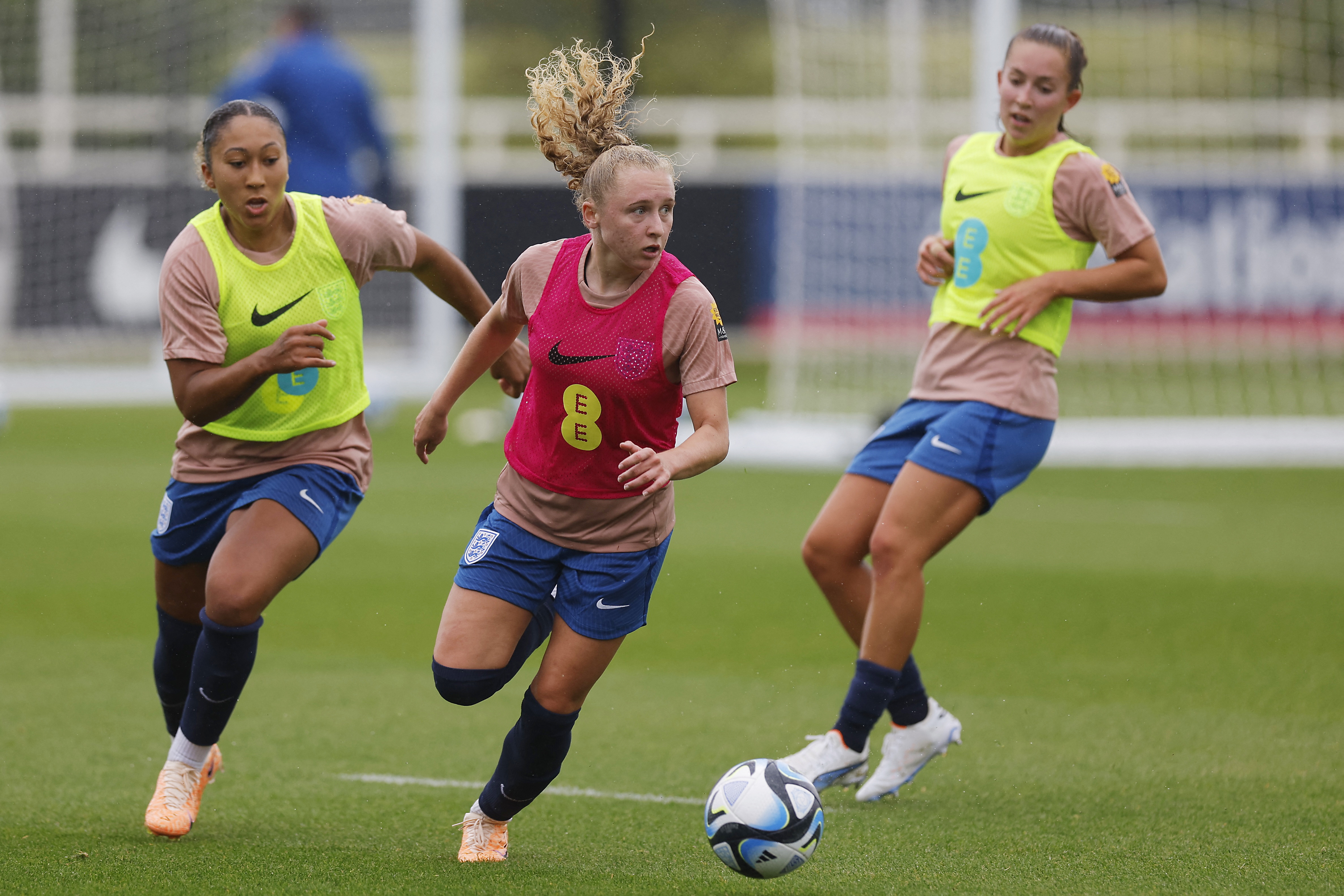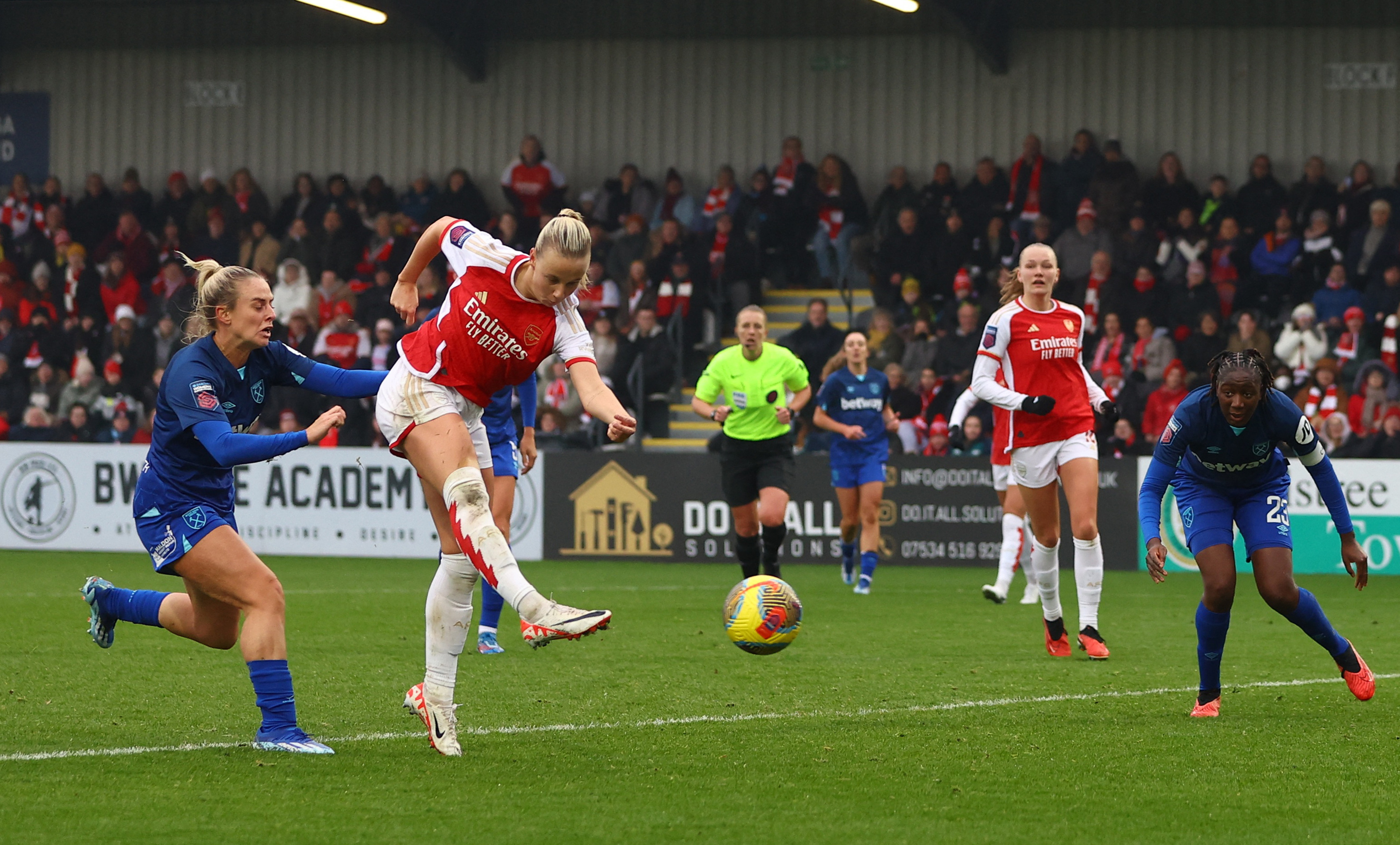Sports-related concussion: heading football fears
Sports-related concussion continues to grab the headlines in the football industry. The long-term consequences of delayed diagnosis are clear, but the link between heading and SRC is less clear. Marianke van der Merwe looks at the fears around heading and strategies to mitigate risk.
Seattle Sounders FC defender Jackson Ragen wins a header against Vancouver Whitecaps forward Deiber Caicedo during the first half at Lumen Field. Mandatory Credit: Joe Nicholson-USA TODAY Sports
In the United States, 1.6 million sports-related concussions (SRC) occur yearly, with a staggering 210% increase in female football players(1). Young athletes are also at an increased risk of sustaining a concussion compared to high school, amateur, and professional settings(2). Players have adopted a culture of resistance when reporting concussions to their coaches and medical staff, making diagnosing and treatment difficult(1). The reduced reporting can lead to second-impact syndrome, more severe post-concussion symptoms, and a prolonged recovery process(3). With the increased incidence of concussions and reluctance to report a concussion, the return to play (RTP) protocol receives continuous revision to establish the most appropriate and safe criteria for all players.
Football, unlike Rugby Union, currently has no Head Injury Assessment (HIA) temporary substitution policy for assessing players during a match. The HIA protocol is a three-stage process introduced by World Rugby for elite adult teams to assist with identifying, diagnosing, and managing head impacts. This can make it difficult for medical professionals working in football to manage SRC within competitive environments, particularly at the elite level. So instead, practitioners working in football at all levels must abide by “if in doubt, sit them out” to ensure players are kept safe.
Missing SRC
The reluctance to report and challenges in managing SRC within competitive environments mean that practitioners face difficulties placing athletes at increased risk of further harm. As concussions are a form of head injury characterized by any alteration in cerebral function caused by a direct or indirect biomechanical force to the body, especially looking at the neck up, footballers are at risk of SRC(4,5).
Trauma to the head causes injured brain tissue to become vulnerable and makes it more susceptible to long-term neurological damage if exposed to a second impact(6). This highlights the importance of treating SRC effectively; if not, second-impact syndrome (SIS) can occur. Second-impact syndrome is “a cerebral swelling with delayed catastrophic deterioration or sudden death” (6).
Concussion Physiology
Biomechanical forces that cause rotational acceleration of the brain and confer a shear strain on the parenchyma induce concussion signs and symptoms(7). This strain disrupts the axonal membrane, which causes a significant amount of sodium and calcium influx and an equivalent efflux of potassium which depolarizes the neurons and results in the spreading of a depression-like phenomenon coupled with glutamate release(7).
Adenosine triphosphate (ATP) is required to return sodium to the outside of the axonal membrane via the sodium-potassium pump. This ATP is released from glucose and transported to the neurons via the blood. Therefore, as concussion results in decreased blood flow to the brain, it results in insufficient ATP transport, causing prolonged symptoms(7).
Mechanism of injury and risk
The most common concussion mechanisms of injury (MOI) are head-to-head and head-to-body, and specifically for goalkeepers, getting kicked by other players(5,8). Player-player interactions are the common cause of concussion, with head-to-head collisions the most frequent (see table 2)(10). In addition, concussions can occur during practices(10). Importantly, all the MOIs above are unanticipated, which means players do not brace themselves for contact. Furthermore, 70% of concussions occur in games, with head-to-head contact being the most frequent MOI and defenders and midfielders at the greatest risk(9). Finally, concussions occur throughout the field, but the penalty zone demonstrates the highest incidence(10).
Table 2: Concussion injury mechanisms(10)
|
Mechanism |
Total |
Women |
Men |
|
Head-to-head |
12 |
5 |
7 |
|
Head-to-knee/leg/foot |
4 |
1 |
3 |
|
Head-to-shoulder/elbow/hand |
6 |
3 |
3 |
|
Heading |
1 |
1 |
0 |
|
Hit by ball |
4 |
2 |
2 |
|
Secondary head rotation* |
1 |
2 |
1 |
*Refers to an injury mechanism where the head rotates following impact to another body part than the head.
Most of the time, when heading a ball, the players do not display any concussion symptoms even though peak G-forces can be as high as 60G(8). A term used to describe this phenomenon is called a sub-concussive blow, where neural changes occur, but no physical symptoms are present(8). The sub-concussive blows may result in decreased performance with cognitive tasks, along with brain structure changes(7). It is important to note that contact with the temporal area of the head can result in a concussion(9). This repeated cranial micro-trauma is not without repercussions.
Brazilian researchers reviewed the consequences of repeatedly heading the ball. Looking at 29 articles from 1981 to 2015, they found heading to be associated with changes in brain structure, chemistry, and function(11). Unfortunately, various study limitations make it impossible to determine definite causation. However, as professional football players may header the ball over 2000 times in their career, they may be at risk of suffering sub-concussive brain trauma.
Female athletes are at a greater risk of sustaining a concussion than their male counterparts(2,12). The reasons for the higher incidence in female athletes include smaller neck girth, weaker neck and torso muscles, different playing styles, and brain chemistry differences(2,9,13). On the other hand, male athletes report more frequent symptoms such as disorientation and amnesia, whereas women report experiencing noise sensitivity and drowsiness more than men(1). Immediately after sustaining a concussion, female athletes experience more severe cognitive impairments(13). When using the symptom severity score (SSS), female athletes experienced worse initial symptoms and a higher number of symptoms(10).
Baseline testing
Baseline testing before the start of the season will assist in comparing post-concussion assessment, diagnosis, and severity(2). These baseline tests include balance, neurocognitive and standardized sideline tests(3). The Balance Error Scoring System (BESS) is used to assess athletes’ balance by placing them in three different positions and asking them to hold these positions for 20 seconds with their eyes closed (see figure 1)(5). The neurocognitive tests can be scored by a neuropsychologist or done in a computerized format. Computer testing makes testing more accessible and easier to administer(5). The Sport Concussion Assessment Tool 5 (SCAT-5) is the desired method to gather all the necessary data. It looks primarily at the so-called “red flag” symptoms which include vomiting, neck stiffness, double vision, sensory or motor deficits, and in extreme cases, seizures(6). One disadvantage of using this test as a sideline assessment is that the athlete has to be isolated for 10 minutes. Thus, in football, this is not possible as time does not stop, and players cannot be removed from the field temporarily(6).
You need to be logged in to continue reading.
Please register for limited access or take a 30-day risk-free trial of Sports Injury Bulletin to experience the full benefits of a subscription. TAKE A RISK-FREE TRIAL
TAKE A RISK-FREE TRIAL
Newsletter Sign Up
Subscriber Testimonials
Dr. Alexandra Fandetti-Robin, Back & Body Chiropractic
Elspeth Cowell MSCh DpodM SRCh HCPC reg
William Hunter, Nuffield Health
Newsletter Sign Up
Coaches Testimonials
Dr. Alexandra Fandetti-Robin, Back & Body Chiropractic
Elspeth Cowell MSCh DpodM SRCh HCPC reg
William Hunter, Nuffield Health
Be at the leading edge of sports injury management
Our international team of qualified experts (see above) spend hours poring over scores of technical journals and medical papers that even the most interested professionals don't have time to read.
For 17 years, we've helped hard-working physiotherapists and sports professionals like you, overwhelmed by the vast amount of new research, bring science to their treatment. Sports Injury Bulletin is the ideal resource for practitioners too busy to cull through all the monthly journals to find meaningful and applicable studies.
*includes 3 coaching manuals
Get Inspired
All the latest techniques and approaches
Sports Injury Bulletin brings together a worldwide panel of experts – including physiotherapists, doctors, researchers and sports scientists. Together we deliver everything you need to help your clients avoid – or recover as quickly as possible from – injuries.
We strip away the scientific jargon and deliver you easy-to-follow training exercises, nutrition tips, psychological strategies and recovery programmes and exercises in plain English.










